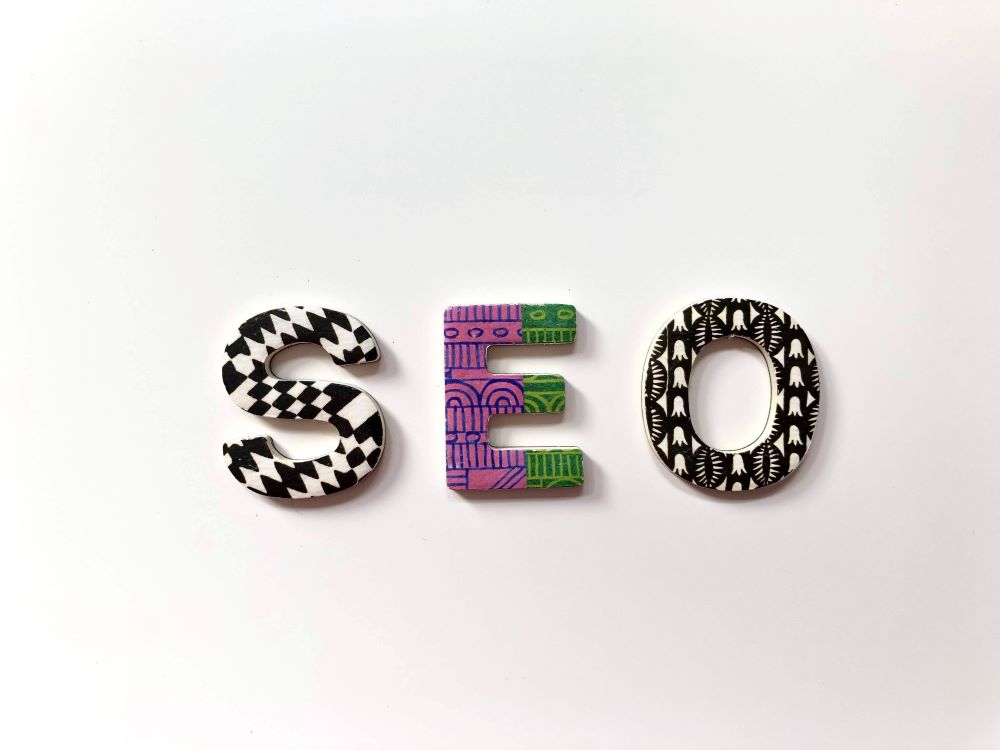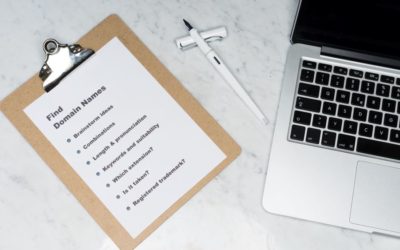You must have often come across the word SEO or its expansion – Search Engine Optimization while developing your website. What you would not know is that SEO is a slow process. It is extremely effective but takes a few months to boomerang success. 91% of all web pages on the internet never get any organic traffic from Google. Mostly because these web pages are not search engine optimized. SEO makes your website noticeable on the web. SEO is the path to bring in hot leads. SEO will walk your website to success.
What is SEO?
Search engine optimization is a process of getting website traffic for free. It basically involves optimizing your website content to make it more discoverable to the search engines and the users. It is carried out by increasing your website’s ranking to make the search engines see you. SEO is built on the foundation of keywords, activity and backlinks. More about that in the later sections of the blog.
Why Does Your Website Need SEO?
Your website is good to be on the internet but it is important for it to be visible on the internet. To prove this for you, let’s think about how you search on the internet. When you perform a Google search, you click on one of the first ten sites on the results page, don’t you? But there are a hundred more links in the subsequent pages of the search engine results. Are you thinking, “Whaaat? There are more pages?” Well, yes. There are plenty more but we never have a look at it. 75% of people never scroll past the first page of search engines.
“The best place to hide a dead body is page two of Google.” — Unknown
It is senseless for your website to appear anywhere else except on the first page of search results. SEO will do it for you. And that is why your website CANNOT go live without SEO in place.

The Nuts and Bolts of SEO
1) Keywords
1) Activity
3) Backlinking
On-Page SEO

1) URL
2) Meta Title and Meta Description
3) H1 Header Tag
Your website will have many lines of text. Search engines will first notice the content in H1 tags. These tags tell the search engine what your website is about. Your header tags should include the keyword to attract the search engine. It should additionally be descriptive and precise to attract the viewer. Furthermore, it is good to use keywords in the paragraph and subheading texts.
4) Images
Off-Page SEO

Backlinking increases your website’s Page Authority (PA) and Domain Authority (DA). PA is the representation of the score that the search engines will give your web page based on the number of backlinks your webpage has. These are in between 1 (low) and 100 (high). When individual pages from your website have high PA, your DA will automatically shoot up.
When you implement all the above where it belongs, your website is good to go live. But that is not the end. Your website must be constantly active with updates like that of new images, new testimonials, new product additions or new blogs. This happens over-time. Now therefore SEO is a time consuming process. When you think SEO, think LONG TERM.
“Slow and steady wins the SEO race.” — Unknown
Your website will hit the jackpot with SEO on its chart. There are many tools to measure the progress of your website and its SEO. Constant monitoring and improvising your SEO will give you an idea of what strategy works best for your website. If you follow everything that this blog proposed, you will have your best foot forward and in due course, enjoy the fruits of SEO by leveraging its power. If you are still unsure of how to go ahead with it, we will be of your service.



